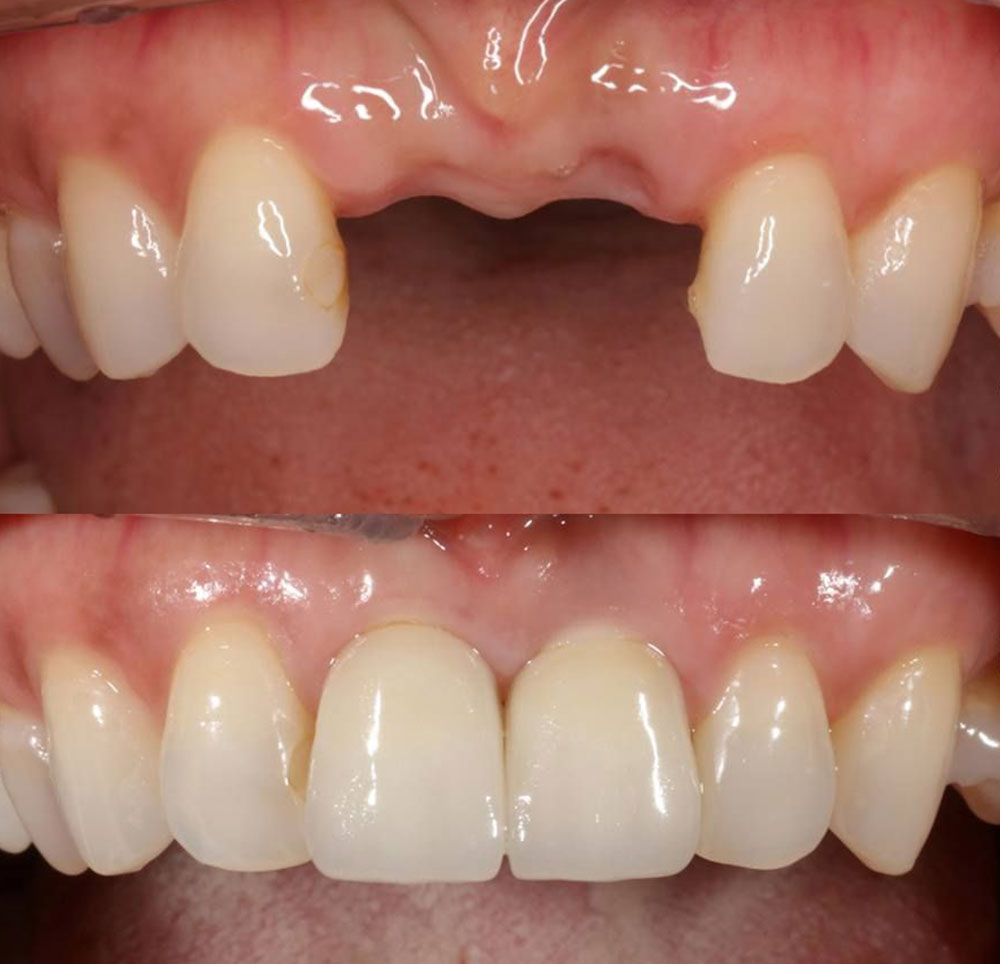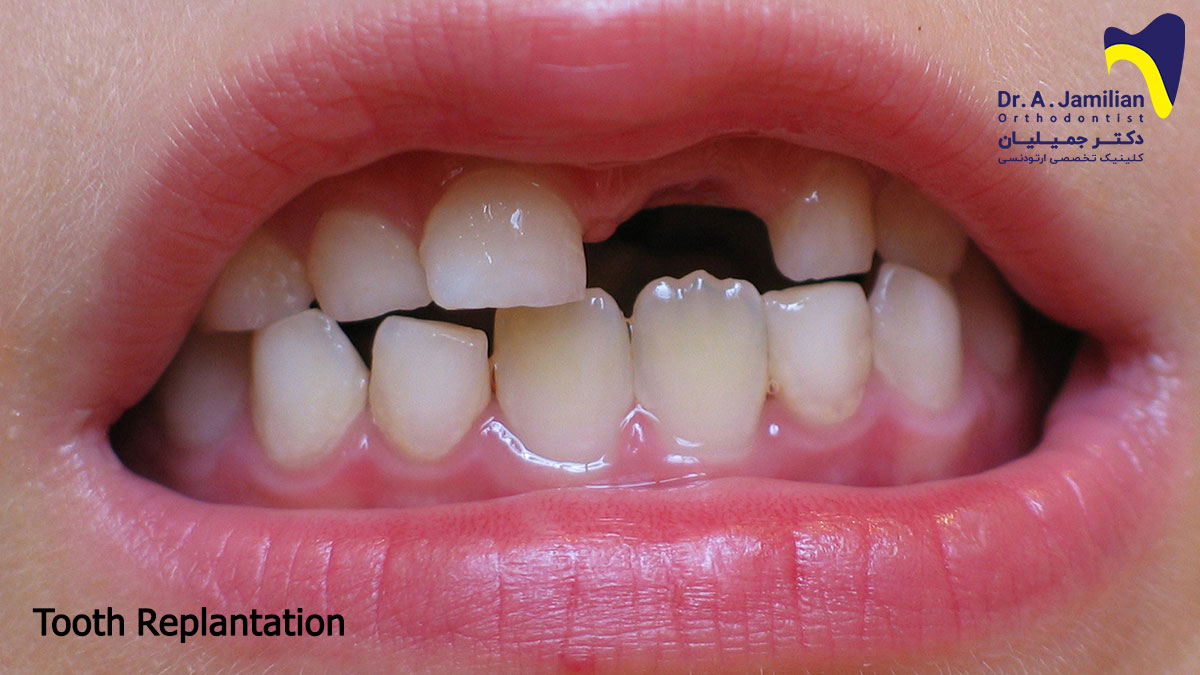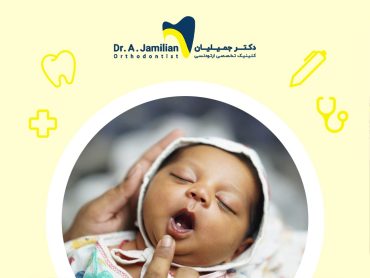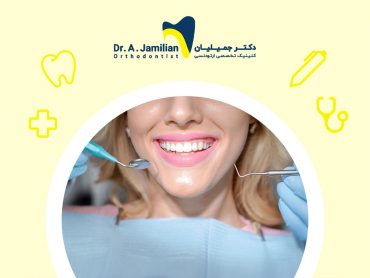Parents and school teachers should keep in mind that the teeth that fall out of their cavity due to shocks can be replanted back in place.
Is dental replantation successful?
The success of dental replants depends on the fallen tooth’s root cells remaining alive and healthy, which depends on two factors. The first is the time it has been outside its cavity, and the second is the environment where the tooth has been placed before replantation.
The time that the tooth has been outside its cavity greatly impacts the success of dental replantation. The longer the time, the more likely it is to be unsuccessful. If the tooth is placed back in its position in 30 minutes, there is 90% probability of success. If it is placed in its position in 2 hours, there is a 95% chance that it will be unsuccessful. This, however, doesn’t mean that it would be vain to replant the tooth that has been outside the mouth for two hours, and more outside its cavity, since dental replantation could be successful even after several hours.

How to protect a tooth that has fallen out due to impact
Find the tooth that has fallen out of its cavity. Avoid tampering with the dental root. Hold the tooth from the crown to pick it up. If the tooth hits the ground and your see external objects such as sand or dirt, attempt to clean the root surface with a steady and lukewarm stream of physiological saline while holding the tooth crown strongly with your fingers. In order to prevent damage to cells, avoid touching the root or rubbing it with a cloth. Avoid using detergents, disinfectants, or chemical substances. If you were somewhere, like on a road, where you had no access to water and your tooth root was contaminated with soil and dirt, don’t worry. Place it in the corner of your mouth between your cheek and posterior teeth. Saliva will suspend contaminating particles within itself and clean the tooth. Then, spit the contamination.
Place your teeth in its cavity if you can. If the place is severely damaged and you are unable to place your teeth back in, after cleaning the root surface and before reaching the dental center, place the tooth in milk or normal saline (0.9% dextrose saline), the saliva of the person injured, or normal water and go to the dentist as fast as possible.
(One can keep the tooth in egg whites while on the way to the dentist. Research has shown that egg white is as effective in protecting live cells as milk.)
After placing and fixing the fallen tooth back in its place, the dentist prescribes antibiotics to the patient to prevent infection, and anti-tetanus drugs due to the tooth’s contamination with soil and the possibility of tetanus.
If the tooth removed due to impact is a milk tooth, replantation is not necessary. If you don’t know whether the tooth is a milk or a permanent tooth, follow the aforesaid points and inform your dentist
How is an extracted tooth implanted?
After you hand in the extracted tooth safely to the dentist or orthodontist, the procedure of implanting the tooth to the jawbone gets started. Because the dental nerves and arteries may be damaged, the dentist performs the root canal. Notice that this is not possible for all extracted teeth. The dentist decides to do the root canal depending on the time when the tooth was extracted and the overall condition of the tooth. In the next step the dentist bandages and implants the tooth by a special wire and such materials as composite. In order to bandage an extracted tooth in its own place, the dentist gets help from the adjacent tooth.
This procedure is usually done easily and quickly. However, if the tooth is broken or the jawbone is damaged, it gets difficult and sometimes impossible to re-implant the tooth. A dental implant surgery is faster in case of children compared with adults. After bandaging, it takes about one to two months for the tooth to be completely fixed in its own position.
The recovery period after a tooth re-implant
One of the most important points that you should consider while recovering from a tooth re-implant is preventing tooth infection. In case of infection, this treatment will remain incomplete. Also, the restoring and implant processes won’t be done completely. Thus, seeing a dentist at a proper time to check the implanted tooth is vital. Early detection of infection will ensure the success of tooth implants. As well, take the prescribed medicine on time. If the dentist has prescribed antibiotics for you, take them at the correct time. Fruit juice and vegetables are effective in a faster dental restoration and implant. Be careful not to bite or chew hard foods with a newly-implanted tooth. Checking and examining this tooth after three months and then one year of implant by an expert is essential.



